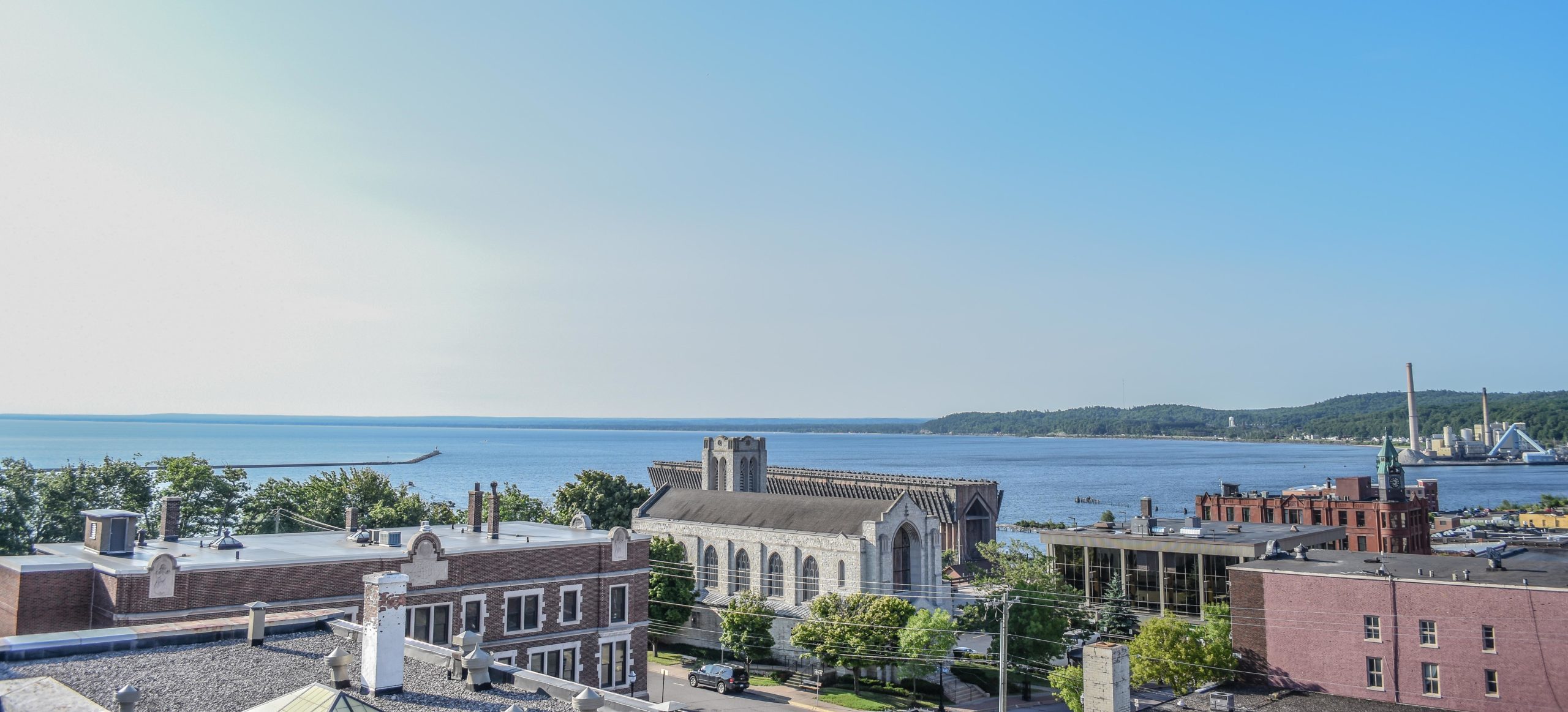Terms of Economic Development
Posted by Amy Clickner on February 17, 2012
A few weeks ago I discussed the “life-cycle” or “stages” of business, and explained how we use each stage to categorize and define the clients we work with at the Lake Superior Community Partnership. While doing this, I was reminded that the jargon used in economic development can be confusing to those outside of the industry.
For instance, the term “Business Retention” is used often by economic development organizations (EDO) and is of the highest priority in our field. Business retention refers to the process of encouraging businesses to stay and grow within a community where they are valued. You may have also heard the new term “Economic Gardening,” which is essentially the same concept.
A large portion of an EDO’s time is spent on business retention, rather than “Business Attraction” which is the process of encouraging businesses to relocate to your community. While a part of an overall economic development strategy, attraction remains the most difficult and expensive for an EDO. It is an area that the Michigan Economic Development Corporation (of who we are a local partner) plays a lead role, allowing local EDOs to plug in. The number of attraction projects tend to be minimal while the number of organizations and communities vying for them astronomical. The LSCP continues to work with national site consultants and developers, providing pertinent information about Marquette County in hopes that we will be a match for some of their upcoming projects.
In 2011, the LSCP Dashboard was created as a quick reference to statistics demonstrating our work in economic development, as well as the progress of our local economy. On the dashboard we measure “New Jobs Committed,” “Existing Jobs Retained” and “Retention Visits.”
An LSCP “Retention Visit” is a face-to-face meeting with an existing company and is a check-up of the overall health of the enterprise. It is also an opportunity to say thank you for their economic contribution to the region. In 2011 the LSCP conducted 125 retention visits, more than doubling our efforts in 2010 (49). Topics of these meetings generally include workforce, facilities, markets, products, challenges, opportunities, financing, regulation and technology. Typically, retention visits result in the client utilizing our assistance on a topic of concern and/or identification of resources to facilitate an opportunity.
In measuring the success of our retention program, the jobs already in existence at the business which we have worked with are counted as “Existing Jobs Retained” and any potential job development is counted as “New Jobs Committed.” Last year, LSCP economic development activities supported projects that represented 4,720 existing jobs retained and the development of 2,162 new jobs committed.
Measuring the success of an economic development program continues to be a work in progress in our industry. There are so many factors to consider: jobs created, retained jobs, new investment dollars, increased property values and median household income to name a few. If a company adds a new product/service, uses new technology, creates efficiencies that increase their bottom line but does not result in a new job … how is that measured? Ultimately, it is our goal to facilitate economic growth and enhance prosperity in our region.
As I’ve always said: EDOs do not create jobs, it’s the investors, entrepreneurs and companies that we work with who create the jobs. It is our job to make sure that they have the ability and opportunities to do so.
If you are interested in learning more about economic development and what the Lake Superior Community Partnership can do for your business, please visit www.marquette.org or write to us at lscp@marquette.org.

